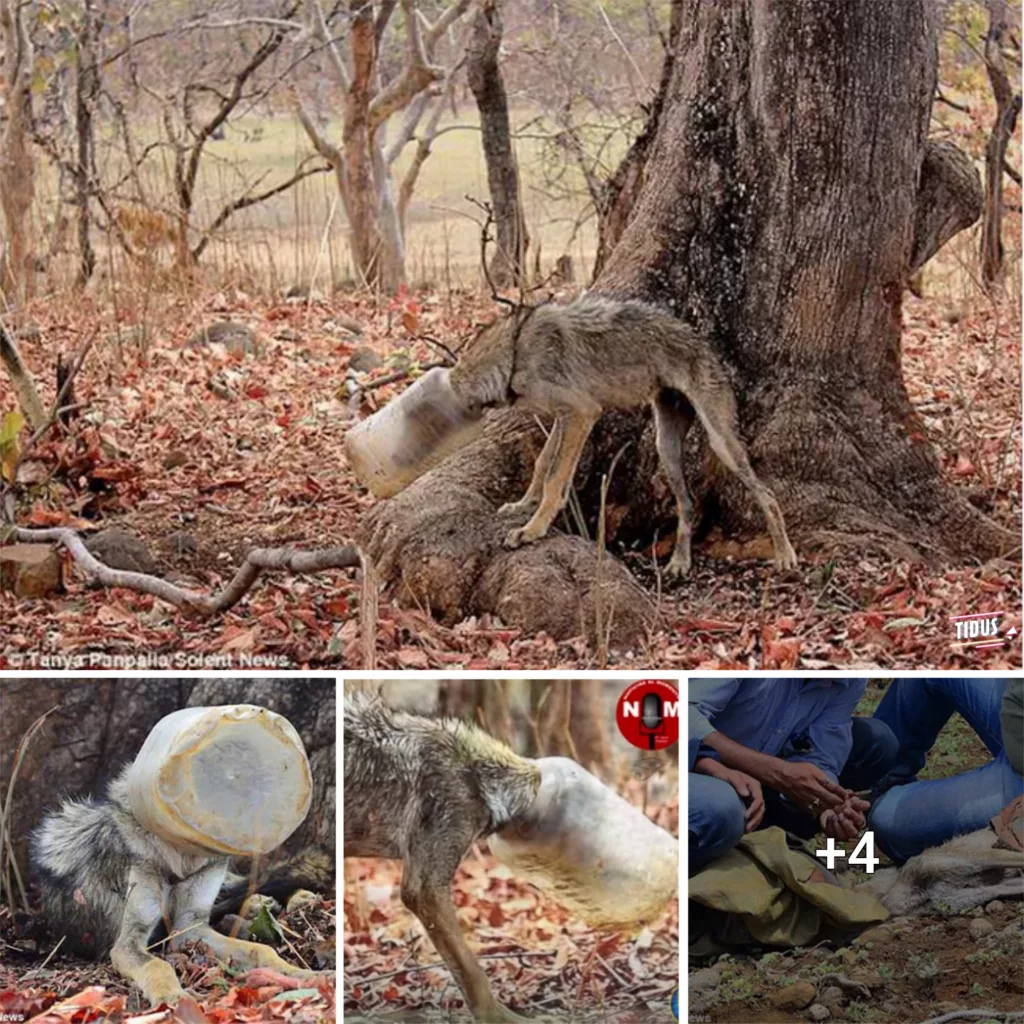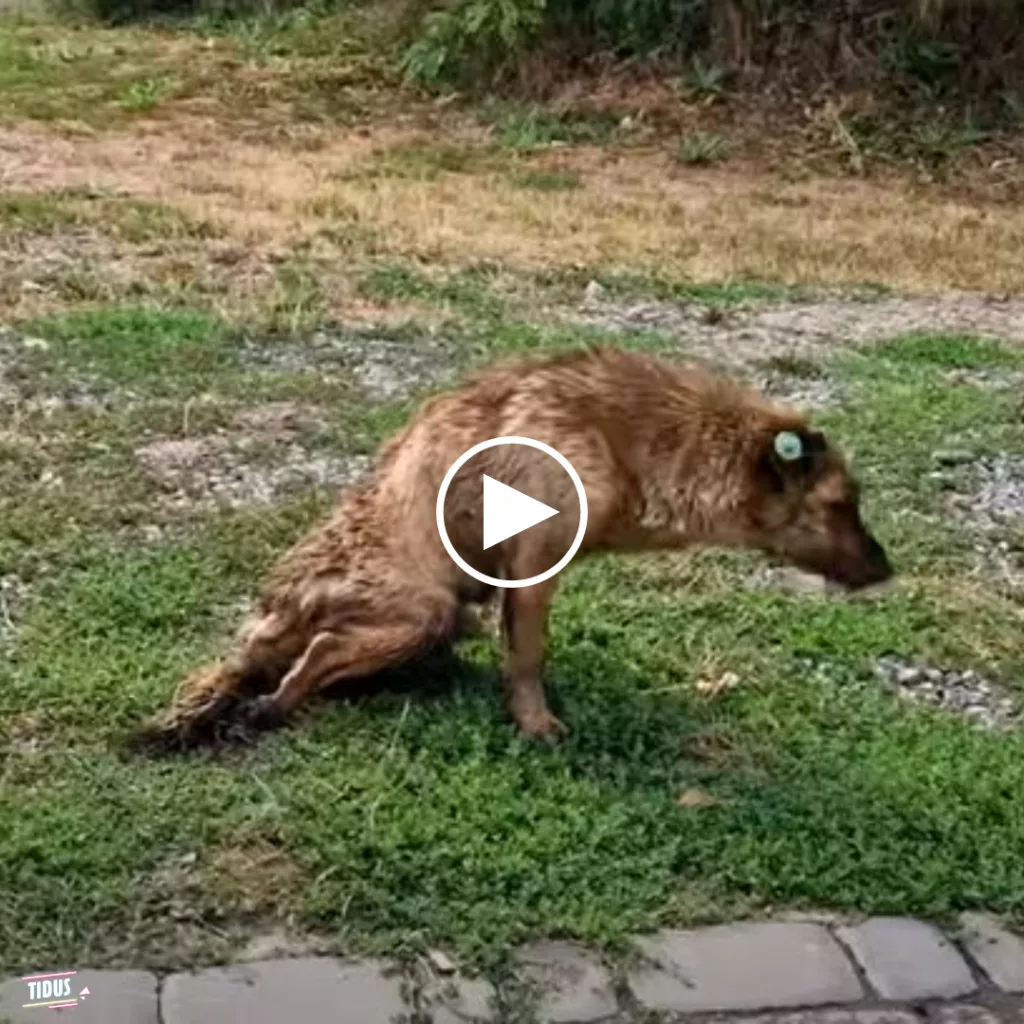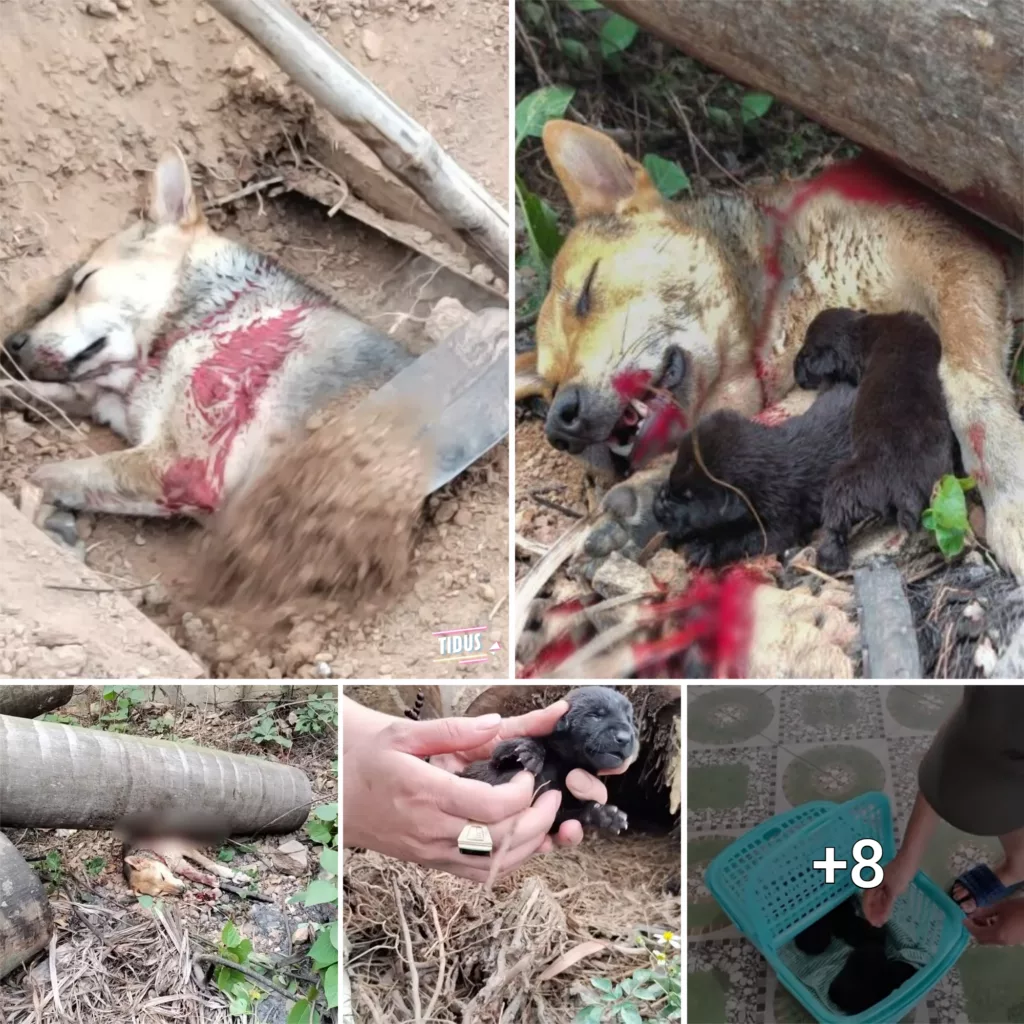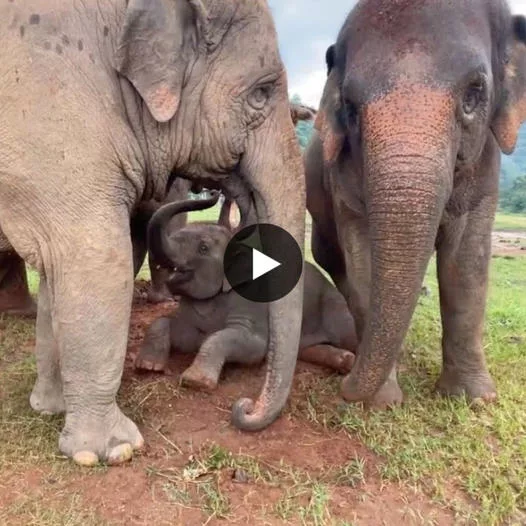In the vast and untamed wilderness of the African savanna, a heartrending tragedy unfolded, leaving observers in a state of profound sorrow and disbelief. The harrowing circumstances of a young elephant, still tender and innocent, being attacked by its own mother, struck a chord of pain in the hearts of all who bore witness to this heartbreaking scene.

The young elephant, whom we shall call Kito, had been navigating the complex and hierarchical world of elephant society under the watchful eye of its mother. Like all young members of the herd, Kito’s survival depended on the guidance and protection of its matriarchal family.

In the peaceful and tight-knit elephant community, the bond between mother and calf is revered as one of the strongest connections in the animal kingdom. The mother’s love and devotion to her offspring are considered unwavering, a source of strength and comfort in the unforgiving wilderness.
However, in the case of Kito, fate dealt a devastating blow. For reasons that remain mysterious to human observers, Kito’s mother suddenly turned aggressive towards her own flesh and blood. In a heart-wrenching turn of events, Kito became the victim of her mother’s wrath, robbing him of the nurturing and love he so desperately needed.

The haunting scene unfolded before the eyes of wildlife conservationists, who were conducting research in the area. Witnessing the desperate struggle of the young elephant trying to escape the relentless attacks of its own mother was nothing short of gut-wrenching. The pain and confusion in Kito’s eyes were a testament to the depths of his suffering.

Despite the danger posed by the mother’s aggressive behavior, the conservationists knew that intervening directly would be a risky proposition. They had to bear witness to Kito’s anguish, grappling with the difficult ethical dilemma of whether to step in or allow nature to take its course.
As the attacks continued, Kito’s cries of distress echoed across the savanna, piercing the hearts of those present. The sorrowful sight left them feeling utterly helpless, as they were bound by the rules of nature to let the events unfold without direct interference.
In the days that followed, Kito’s plight continued to weigh heavily on the minds of the conservationists. Their dedication to preserving and protecting wildlife had often led them to witness the harsh realities of nature. However, this encounter with Kito and his mother challenged them to confront the complexities of the animal kingdom and the harshness of survival in the wild.
As the sun set on the African horizon, Kito’s struggle subsided, leaving him emotionally scarred and physically battered. The conservations continued to observe from a distance, allowing nature’s course to play out. Although they couldn’t intervene directly, they hoped that Kito’s resilience and will to survive would carry him through the ordeal.
Kito’s heartbreaking circumstances serve as a poignant reminder of the intricacies and fragility of the natural world. The bond between a mother and her offspring, celebrated for its strength and protection, had taken a dark and unexpected turn. The pain in Kito’s eyes mirrors the harsh realities of survival, where love and aggression can coexist, sometimes causing unimaginable sorrow.
As the wilderness claimed its own course, Kito’s struggle became a poignant symbol of nature’s mysteries and complexities. In a world where joy and sorrow intertwine, the fate of this young elephant echoes a timeless truth – that life in the wild is a delicate balance of beauty and heartache, where the journey of survival can be both breathtakingly triumphant and heartbreakingly painful.



